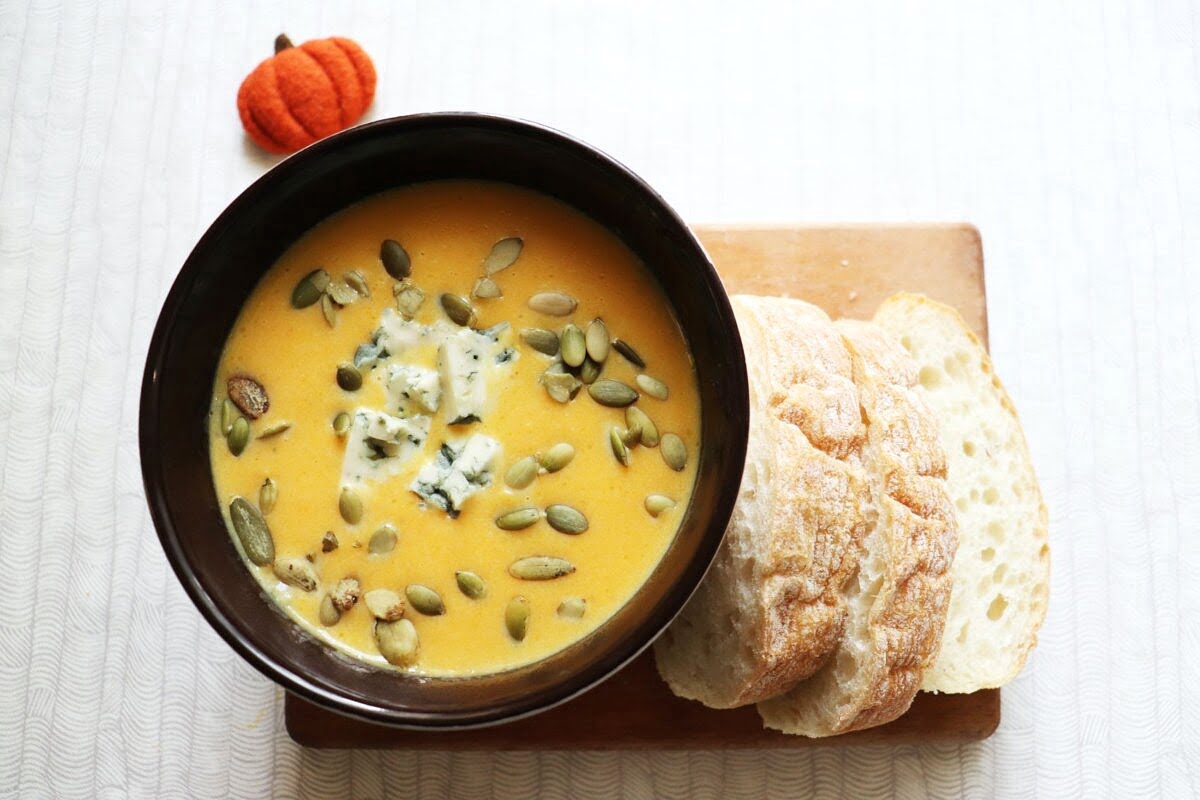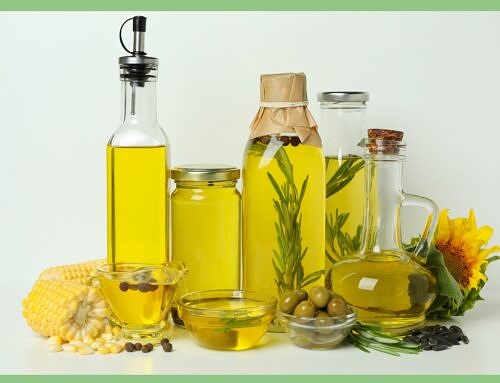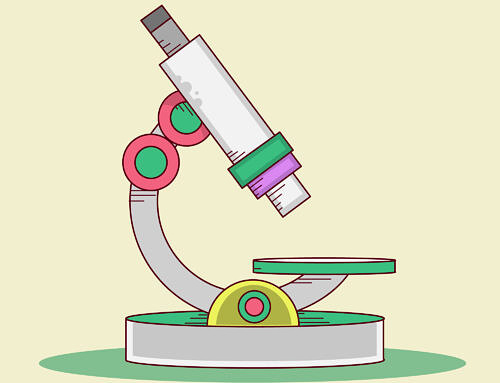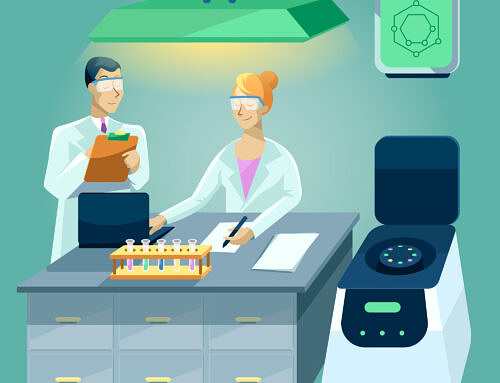
For us this Halloween was a busy one. My son had two firsts: his first martial arts grading, and his first time Trick or Treating. I have mixed feelings on Trick or Treating given we spend so much time telling children not to beg for sweets or go round knocking on people’s doors – even worse combining the two…… and then on Halloween we put them in ‘scary’ outfits and encourage them to do just that! However, my son wanted to dress-up and experience this event with his friends, so off he went (I stayed home dressed as a Vampire to greet the children knocking at our door).
Anyway, on my allotment I had grown some pumpkins but they are a long variety so wouldn’t make good Jack o’ Lanterns, so I bought a carving one. This will be heading to the allotments to be buried as per the Woodland Trust advice for the worms and other earth-dwellers to enjoy (I don’t fancy using it as food after a few days of the flesh being open!). Do not leave them on the surface as it is bad for hedgehogs.
Do NOT take pumpkin remains to the woods (I’m sure you’ve seen this idea shared around) – it is not only littering but is harmful to the delicate balance of the soil nutrients and any seeds could result in the introduction of an invasive species that would further damage the woodland. (https://www.facebook.com/thewoodlandtrust/photos/a.220516845158/10159990629535159 ).
The health benefits of pumpkins for humans
If you have pumpkins in a suitable condition for eating, here are a few nutritional pumpkin facts:
- Pumpkins are a great source of beta-carotene, which help us to manage our free radicals (did you see my Antioxidant Friday Five series?) and gives us vitamin A.
- Pumpkins are around 90% water so that doesn’t leave much space for fat, carbohydrates or protein making them low in calories (26kcal per 100g).
- Pumpkins also contain a reasonable amount of vitamin C and potassium. They even contain iron, B-vitamins, magnesium, phosphorus, copper, manganese, vitamin E, folate, calcium, vitamin K and zinc. That’s a lot of goodness in something we tend to use as an ornament once a year!
- The seeds are edible, including the shell. They are a good source of healthy fat and protein (particularly tryptophan which is good for sleep, and glutamate which is great for stress-relief). They also provide manganese, iron and magnesium, along with the other nutrients contained in the flesh.
How to eat pumpkin
You can eat the seeds and flesh of pumpkins roasted, in stews, in pies, in bread or in soup. In addition, the seeds can be added to salads and porridge. Here is a recipe for Spiced Pumpkin Soup that I quite like (sorry, I have a written copy in my recipe book so I can’t credit my source on this one).
Recipe: Spiced Pumpkin Soup
| 4 small pumpkins (approx. 450g-675g each) |
| 3 tbsp olive oil |
| 25g butter |
| 1 tbsp ground cumin |
| 1 tbsp ground coriander |
| 1 tsp curry powder |
| 2pt/1.2 ltr vegetable stock |
| 150ml double cream |
| 4tbsp freshly chopped coriander |
- Cut the tops from each pumpkin, low enough down to produce a bowl shape.
- Carefully cut around the inside of the skin to remove the flesh, using a spoon to scoop out.*
- Remove the seeds from the flesh and roughly chop.
- Heat the oil and butter in a large, heavy-based frying pan and cook the pumpkin over a moderate heat for 15 minutes, stirring until soft.
- Add the cumin, coriander and curry powder. Cook for a further 5 minutes.
- Add the stock and bring to the boil. Reduce the heat, cover and simmer for 15 minutes until the pumpkin is soft and tender.
- Add half the cream to the pan and stir through.
- Transfer to the food processor/blender and blend until smooth.
- Return to the pan and add half coriander laves and heat again, stir until piping hot.
*You may find it easier to quarter the pumpkin before doing this, depending on the size and the knife you have available.
Serve with the remaining cream swirled through. Garnish with the remaining coriander.
Photo by Kirill Ermakov on Unsplash



